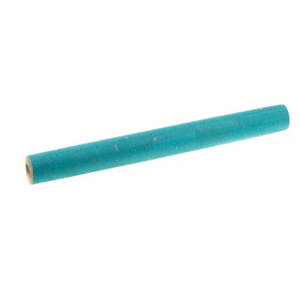

Cork Fabric & Kits
Ready to try your hand at sewing with cork? We have a beautiful selection of printed cork fabric to choose from! These cork fabrics offer a unique style and texture for a variety of projects! Sew what are you waiting for? Shop our cork fabric by the yard, cork fabric cuts & project kits below! read more
Some of our favorite fabrics for bag making
Cork Fabric & Kits
You have probably popped a cork from a bottle of wine or champagne, but did you know that the Ancient Egyptians and Greeks used cork as bottle stoppers? The Ancient Greeks also used cork to make fishing net floats and sandals. The Ancient Romans devised cork life vests for fishermen.
Cork is great stuff. It is lightweight because 50% of its volume is air. Cork is elastic and resilient; you can squash it, and it will bounce back to its original shape. Cork absorbs shocks and resists friction. It is a great insulator. It does not conduct sound or vibration. Cork is waterproof, and it floats. Cork is hypoallergenic, anti-static, and odor-free. It is fire-retardant. Cork is soft to touch. Best of all, it is renewable, recyclable, reusable, and biodegradable.
Cork is harvested from Quercus suber–the cork oak tree–which is native to southwest Europe and northwest Africa. Portugal produces about half of the cork harvested annually worldwide; Spain follows next at about one-third. When a cork oak tree reaches 25-30 years of age and about 24 inches in circumferences, its bark may be harvested for the first time. Quercus suber is unique because, not only can it withstand having its outer bark removed, it can regenerate its bark. However, the bark must be harvested by an expert extractor–using an axe–who knows how to avoid harming the tree. After an initial harvest, a Quercus suber can have its bark extracted every 9 to 13 years during its 200 year lifespan–about 16 times.
Can you see why people who want sustainable and vegan options are turning to cork for fabric and leather? But are you wondering, what is cork fabric? And what is cork leather?
After cork oak bark is cut, it is allowed to dry for six months. Then, if it is going to be made into cork fabric, it is boiled, flattened, dried again, and shaved into thin sheets. Next it is adhered to a fabric backing for support–usually cotton, polyester, or polyurethane. (If you are buying cork fabric because you want a sustainable fabric, pay attention to the backing used on the cork!) Once the thin layer of cork is adhered to its backing, you have a fabric–or cork leather–that can be used to make totes, handbags, shoes, upholstery, and home decor pieces. If you would like a whole book full of cork fabric projects, check out Create with Cork Fabric by Jessica Sallie Kapitanski.
Get to know cork fabric with our selection of beginner-friendly project kits to make a unique purse or tote! Missouri Star has cork fabric by the yard and half-yard cuts of cork fabric for sale. We have natural cork fabric, dyed cork fabric, and printed cork fabric. We also have 100% cotton fabric that is printed to simulate cork. We have cork fabric for sewing and cork fabric for bag making. We hope you enjoy exploring cork fabric–created from our friend–Quercus suber–who links us with our ancient history.





